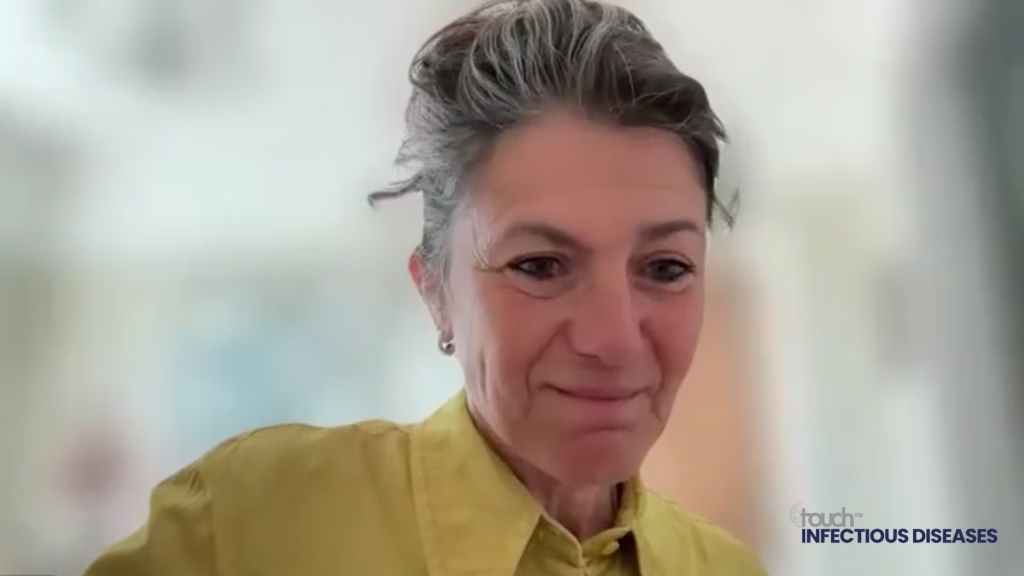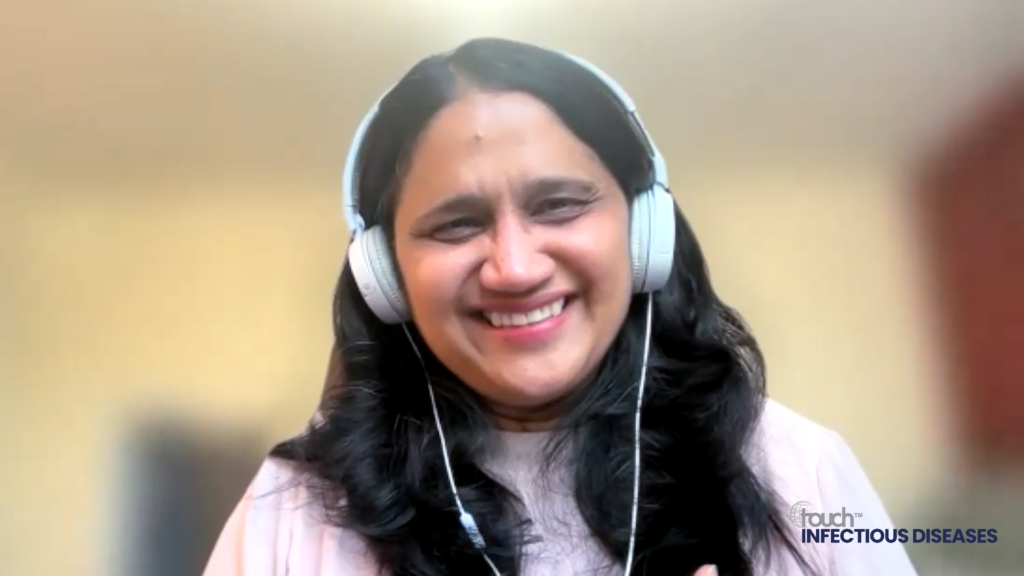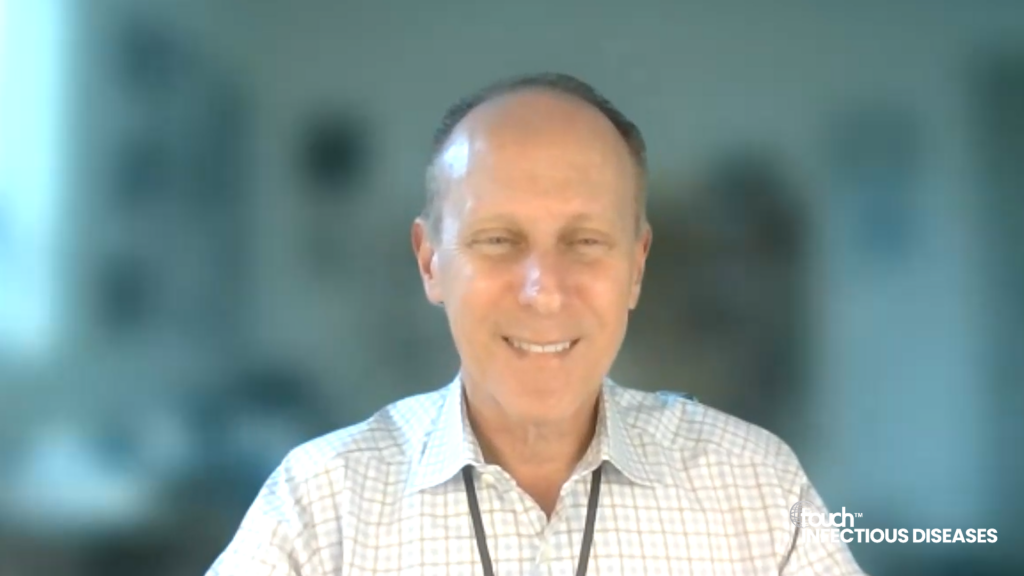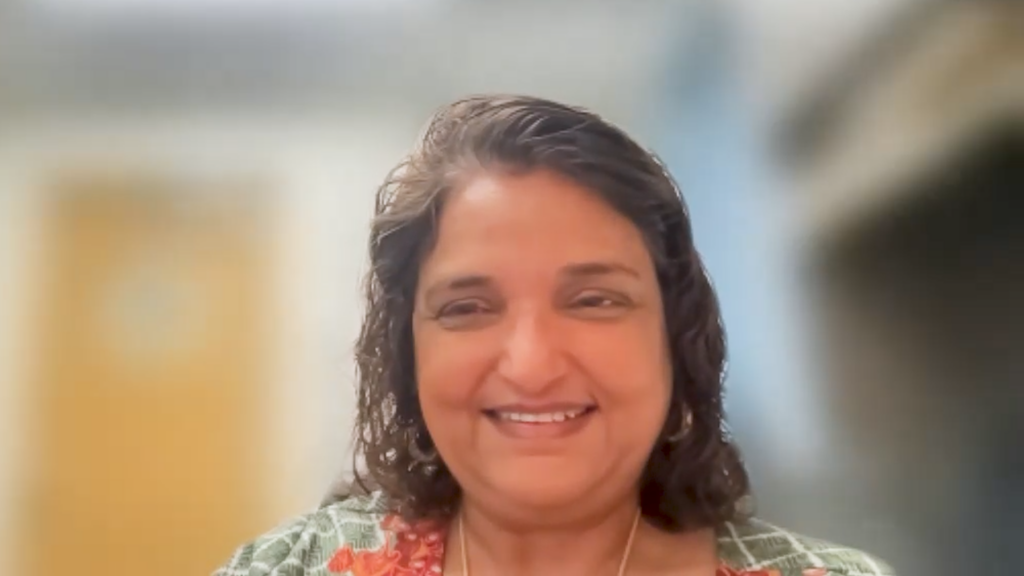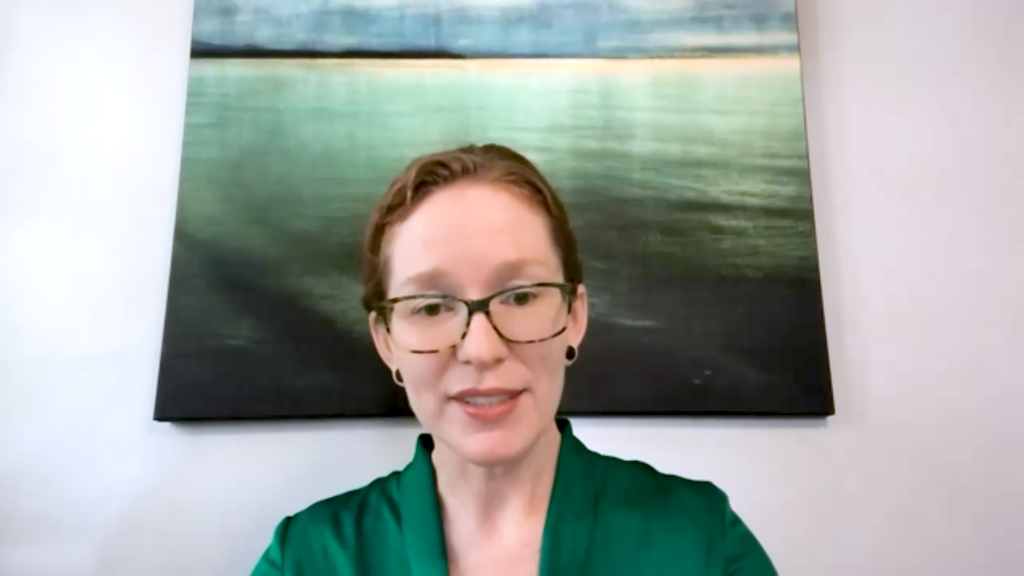Sexual health in the aging process is crucial for healthcare professionals to be educated on due to its significant impact on overall well-being and quality of life for older adults living with HIV. In this interview, we speak with Prof. Jeffrey Kwong (Rutgers School of Nursing, Newark, NJ, USA) to explore the importance of addressing sexual health in the aging process for healthcare professionals. We discuss barriers to addressing sexual health needs in older adults, clinical considerations for PrEP, and innovative approaches to promoting HIV prevention strategies.
The presentation ‘It’s More Than a Blue Pill: Sex, Prevention, and Aging – Implications for Providers‘ was presented at ACTHIV 2023, 4-6 May 2023, Phoenix, AZ, USA
Questions:
- Can you describe the significance of sexual health as part of the aging process and why it is important to address this topic in clinical practice? (0:18)
- What are some of the barriers that healthcare providers may encounter when trying to address the sexual health needs of older adults? How can these barriers be overcome? (1:36)
- What are some of the challenges faced by aging adults living with HIV and those at risk of acquiring HIV? (4:26)
- What are some of the clinical considerations when considering PrEP in older adults? (8:06)
- What are some innovative approaches or interventions that could be effective in promoting HIV prevention strategies? (10:19)
Disclosures: Jeffrey Kwong has nothing to disclose in relation to this video interview.
Support: Interview and filming supported by Touch Medical Media Ltd. Interview conducted by Katey Gabrysch and Matthew Goodwin
Filmed in coverage of the American Conference for the Treatment of HIV™ (ACTHIV™)
Transcript
Hello my name’s Jeffrey Kwong, and I’m an Adult-Gerontology Primary Care Nurse Practitioner and a Professor at Rutgers School of Nursing, in Newark, New Jersey, USA. I also practice at Gotham Medical Group in New York City.
Can you describe the significance of sexual health as part of the aging process and why it is important to address this topic in clinical practice?
When we think about sex and sexual health, many people often think of this as something that somehow disappears as people age. But we know that sex and sexual being and sexual pleasure really are foundational components throughout one’s lifetime. Part of the recent Glasgow manifesto, which was developed by the International Association of Older adults living with HIV, emphasized that sexual health be considered as a critical element of one’s overall health. I think that’s something that many health care providers tend to overlook or tend to not necessarily address because of various other constraints. It’s important that we consider sexual health as part of overall well-being, just as we do cardiovascular health, renal and metabolic health, mental health – sexual health definitely plays a component in that as well.
What are some of the barriers that healthcare providers may encounter when trying to address the sexual health needs of older adults? How can these barriers be overcome?
With regards to barriers, I think you can think of this as provider level barriers, system level barriers, as well as individual or patient level barriers. In terms of provider level barriers, one of the things I think contributes to provider level barriers is the type and amount of training that health care providers get regarding sexual health. This is regardless of which professional discipline you’re in – be it physicians or nurses or other specialists in the healthcare field. There isn’t a lot of training on how to have conversations about sexual health with patients, and that provides a barrier because if you don’t know how to do it, then people tend not to do it. There are also individual barriers from the patient perspective in terms of stigma. There is stigma associated with HIV. Just having conversations about HIV sometimes creates a barrier between a patient and a provider. There’s also the issue of older adults and HIV. And one of the barriers there is this whole aspect of ageism, which comes into play as a barrier. Because, again, as I alluded to earlier, many people don’t necessarily consider or think about sexual health or sexual activity as part of someone’s health or medical issues as they age. Because people don’t think about it, it doesn’t really come up, and that becomes a barrier. There are also cultural differences. Many individuals may not necessarily feel comfortable talking about sex with somebody who’s younger than them if they’re an older adults talking to a younger provider may be difficult. There are also systems issues. For instance, where I practice in New York city, oftentimes we are under time constraints of 15 or 20 minute visits and to address all the needs of individuals, such as dealing with their HIV, their diabetes, their high blood pressure, their kidney disease. Because of competition and time constraints, things such as sexual health often tend to get put on the back burner and are often overlooked.
What are some of the challenges faced by aging adults living with HIV and those at risk of acquiring HIV?
With regards to some of the challenges or persons aging with HIV as well as those at risk for HIV. As I mentioned earlier, one of the biggest challenges is just having the ability to have these open discussions with your provider. The other thing I think that comes into play is especially in the realm of prevention is that many individuals don’t necessarily think that they’re at risk for STIs or acquiring HIV because of different factors that come into play. Many people often think that they may not need to use barrier protection to help prevent things like pregnancy or other issues which are no longer necessarily applicable to them as older adults. Therefore, they may not necessarily consider themselves a candidate for using barrier methods such as condoms or dental dams or other things. And we have seen in the data that there are increasing numbers of STIs in persons who are over 50 or over 65. In the USA, we’ve seen the rates of gonorrhoea, chlamydia, syphilis and HIV increasing in terms of older adults. One of the challenges that I think people who are aging is that they are not necessarily aware of the available options in terms of prevention. They don’t necessarily see themselves in the public health messaging that we are providing to the public. When you look at many of the ads or the campaigns for pre-exposure prophylaxis, for instance, many of the images are younger adults or people who don’t necessarily reflect, someone who is in their 60s or 70s. I can tell you that if people don’t see themselves in the ads or in the campaigns, they can’t necessarily relate to the topic. There’s also a lack of knowledge or a lack of understanding of what this intervention is. Many people that come to me in my practice( I see a lot of persons over 50 or over 60 in my practice) don’t even know that options such as PrEP or even post-exposure prophylaxis are an option for them. I think just that lack of knowledge and lack of awareness is a barrier in and of itself. Finally, one of the things that I think is another challenge, or a barrier, are the HIV testing laws and regulations. In the US, the guidelines recommend testing for HIV for individuals who are 15 to 65 or 30 to 64, depending on which guidelines you look at – for people who are 67 or 68 or 69, their provider may not necessarily think that they need to test or that they need to bring up this topic, even though it may very well be applicable to the individual that’s sitting in front of them. So there are some policy level issues that need to be addressed as well.
What are some of the clinical considerations when considering PrEP in older adults?
With regards to clinical considerations, especially in the context of an older individual or someone who may have other conditions, clinician need to take into consideration other factors such as renal function or bone mineral density. This may be more of an important issue. Older adults may be more likely to be at risk for osteopenia or osteoporosis. Some of the medications used for pre-exposure prophylaxis can impact these systems, therefore we must think of these things in terms of the context of risk and benefits. There are also some medications that may be associated with higher cholesterol levels or weight gain. These are all things that we need to think about when managing older adults. Also, there is the issue of polypharmacy and drug-drug interactions. We know that as individual age, there is a greater likelihood that they’ll be taking other concomitant medications. And so, again, the risk for drug-drug interactions is a consideration. For options such as long acting, injectable prevention options – they’re great in terms of being able to reduce the amount of pills that somebody may need to take. But it also requires a little bit of coordination, and issues of mobility and access to treatment become important to consider. For somebody who may be challenged with walking and needing an assistive device or having transportation issues because they can’t drive any longer to get to a facility or to get to a medical provider every eight weeks for a prevention injection may pose other challenges that one needs to take into consideration. There are many factors that come into play, and you just have to look at the person that’s in front of you, decide what is the benefit, what are the risks, and what are the challenges and find the ideal option for them to make sure that they can take advantage of all the prevention tools that are available.
What are some innovative approaches or interventions that could be effective in promoting HIV prevention strategies?
In terms of innovative approaches, I don’t necessarily know if this is specifically innovative per se, but I would say one thing that health care providers or health care centres can do first and foremost, is to make sure that their centres or that their providers are welcoming and to create an age friendly space. Therefore, making sure that there are materials that are available that are in large font so patients with visual impairment can read them. There are also other ways that we can think outside the box in terms of prevention. With regards to changing one’s policy, like the HIV testing policy from limiting the upper age cut off to those who are 50 or 65 to changing the recommended age cutoff. New York State, where I practice, did this several years ago. The state changed the HIV testing guidelines to say routine HIV testing should be offered to those 13 and older. There’s no upper age limit, therefore providers tend not to be constrained by things such as the age 65 cut-off, which for some reason some people think there’s something magical after 65 that people are no longer at risk for HIV, which is a fallacy. So, you know, I think making some of these changes can make a difference. They sound relatively simple, but I think they’re important and these are things that either individuals can do at a practice level or policymakers consider at a larger level.
Subtitles and transcript are autogenerated


